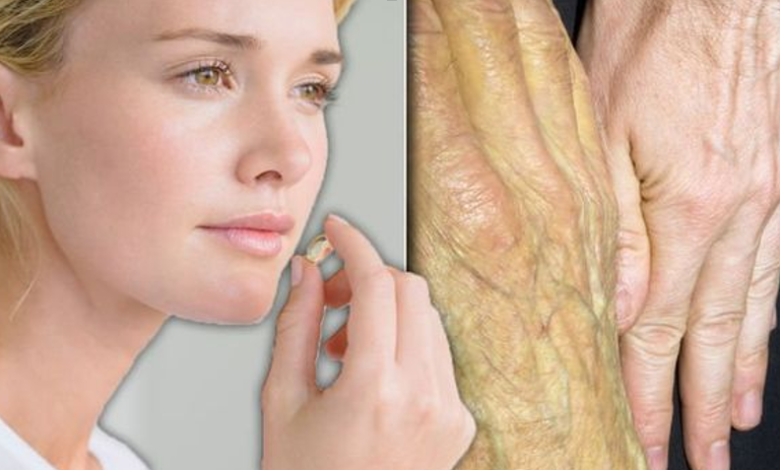From Pale Complexion to Hyperpigmentation: How B12 Deficiency Shows on Your Skin

Vitamin B12 plays a vital role in maintaining healthy nerves, blood cells, and DNA synthesis. Yet, one of the most overlooked signs of a deficiency can appear right on your skin. Referring to the official publication from pafikutaikab.org doctors warn that skin changes from paleness to dark patches may be early indicators that your body is running low on this essential nutrient.
According to Dr. Rika Prameswari, a clinical nutrition specialist at RSUPN Dr. Cipto Mangunkusumo, vitamin B12 deficiency often develops slowly and can be difficult to detect. “Many patients don’t realize their skin symptoms are linked to low B12 levels,” she said. “They may focus on fatigue or dizziness, but the skin often tells the story first.”
1. Pale or Yellowish Skin
One of the most common skin-related symptoms of vitamin B12 deficiency is paleness. The vitamin helps the body produce red blood cells, and when levels drop, fewer cells are made — leading to anemia. As a result, the skin may lose its healthy pink tone and appear unusually pale or even slightly yellow, a condition called mild jaundice.
“Anemia caused by B12 deficiency reduces oxygen circulation,” Dr. Rika explained. “This makes the skin look dull, tired, and sometimes yellowish around the eyes and cheeks.”
2. Hyperpigmentation or Dark Patches
While some people turn pale, others experience hyperpigmentation, or darkened skin areas. This usually occurs on the hands, feet, and around joints such as knees or knuckles. Scientists believe that insufficient vitamin B12 affects melanin production — the pigment that gives skin its color.
“These patches can be mistaken for sun damage or aging spots,” said Dr. Tania Kurnia, a dermatologist at Pondok Indah Hospital. “But if they appear suddenly or spread without reason, a nutritional deficiency might be to blame.”
3. Cracked Lips and Mouth Ulcers
B12 deficiency also affects mucous membranes. People may develop cracks at the corners of the mouth, known as angular cheilitis, or recurrent mouth ulcers. These symptoms result from reduced cell regeneration and inflammation in the skin’s soft tissues.
See also: AI Image Generator: Transforming Creativity with Artificial Intelligence
4. Itchy or Inflamed Skin
Although less common, some individuals experience itchy, irritated, or inflamed skin due to the immune response triggered by low B12 levels. This can mimic eczema or dermatitis, but topical treatments usually don’t help until the underlying deficiency is corrected.
5. Hair and Nail Changes
B12 deficiency can also impact keratin-based structures such as hair and nails. Some people notice thinning hair, brittle nails, or slow wound healing. “These are subtle but telling signs,” Dr. Tania noted. “The skin, hair, and nails all rely on cell turnover supported by B12.”
Diagnosing and Treating B12 Deficiency
To confirm a deficiency, doctors recommend a blood test measuring serum B12 and related markers like homocysteine or methylmalonic acid. Treatment typically involves dietary adjustments or supplements. Foods rich in vitamin B12 include fish, meat, eggs, and dairy products, while vegetarians may need fortified cereals or injections.
Dr. Rika emphasized that early detection can prevent more serious complications, such as nerve damage or cognitive decline. “If you notice unexplained skin changes along with fatigue or tingling sensations, don’t ignore them,” she advised.
Ultimately, your skin can be a mirror of what’s happening inside your body. From paleness to pigmentation, these subtle shifts may be your body’s way of asking for more vitamin B12 — and paying attention could make all the difference for your long-term health.
Source: Persatuan Ahli Farmasi Indonesia